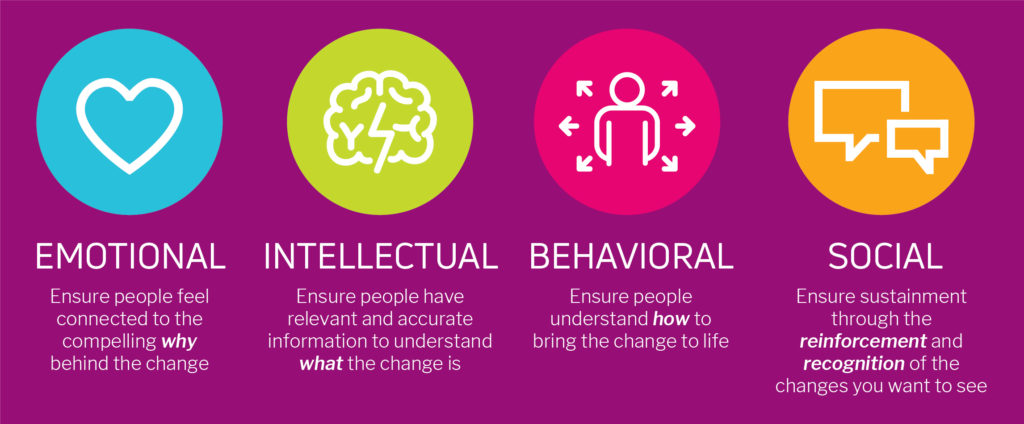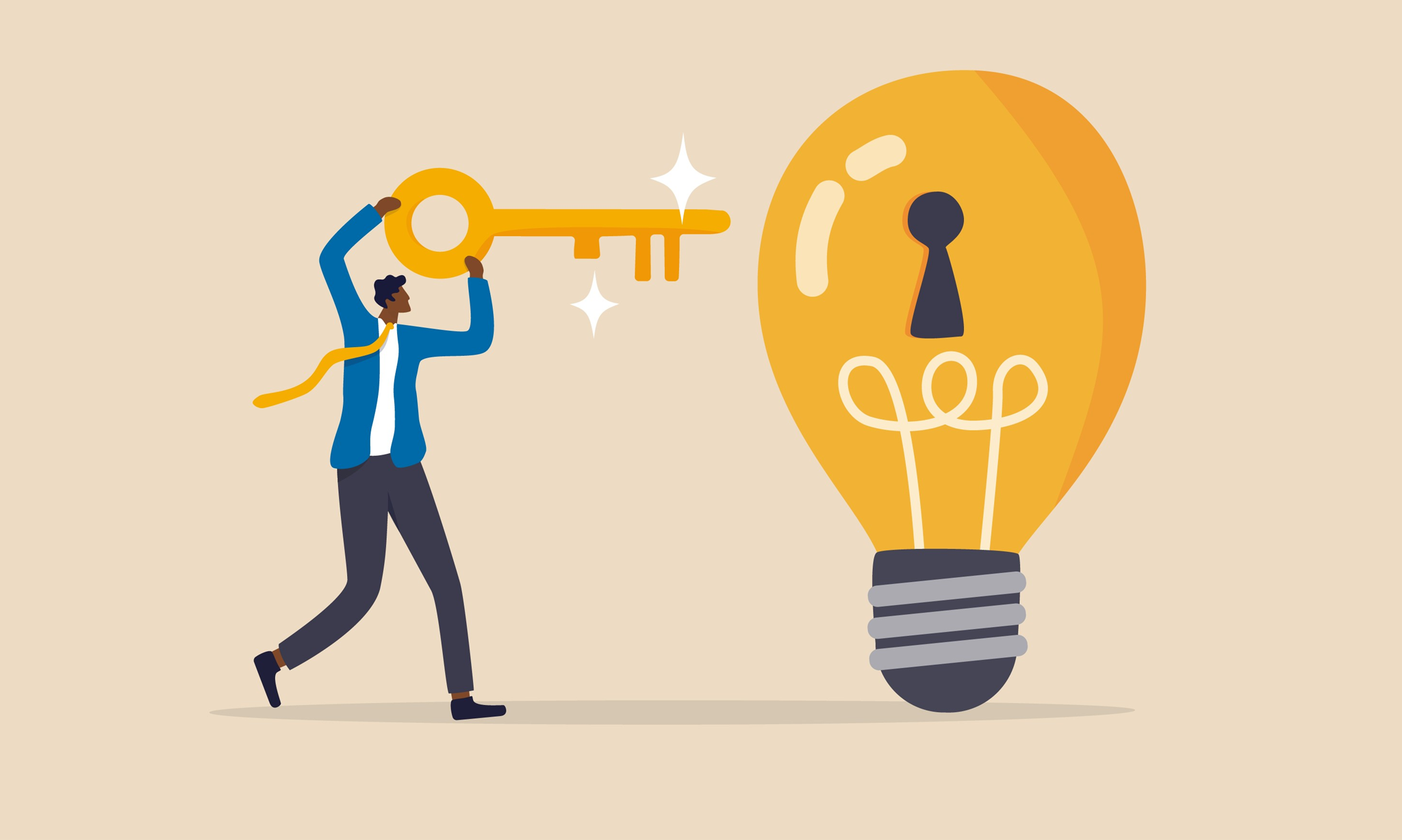Think about the first time you heard the words “social distancing.” What did you picture? What did you think was expected of you? Maybe you loaded up on three weeks of groceries and hunkered down. Maybe you went about your normal routine and washed your hands a few more times a day. Or maybe you figured you could still go play golf and just avoided going into the club (that was my boyfriend’s grandma’s strategy).
Let’s face it, the first days of social distancing were a mess. Hearing it for the first time, we all had our own emotional reaction to being asked to change our routines and a different intellectual understanding of what was being asked of us. We all interpreted how we had to behave differently in our own way, and we all had our own level of social support for the right behaviors
Emotional, intellectual, behavioral, and social. We went through these phases, but it was rough! Changing our behaviors to flatten the curve is a major societal change, but we go through the same phases when faced with change in our work. When your team is facing change – big or small – there are four elements to creating lasting change to consider and plan for.

Every day, leaders are asking people to behave differently: embracing new safety procedures, such as temperature checks and equipment changes; working effectively as a newly distributed and remote team; or staying engaged and productive with a reduced staff. We’re all making the tough calls to survive and thrive in this environment, but it’s difficult to change behaviors if we don’t consciously help our people move through all four elements. We can’t leave any of them to chance or we risk confusion, fear, apathy, and disengagement.
How are you using the elements to create lasting change with your teams? Where are you seeing results and where have you been challenged?









